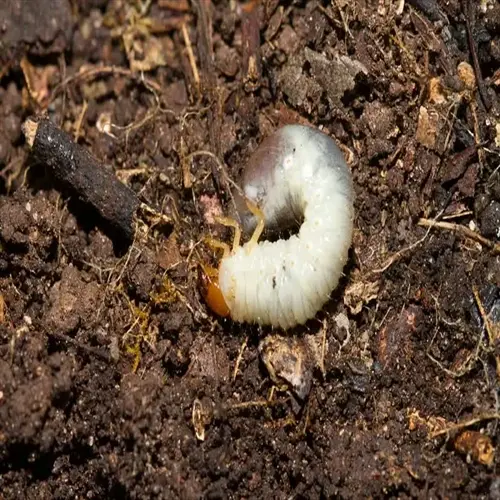How can communities contribute to invasive species management?

Written by
Olivia Mitchell
Reviewed by
Prof. Samuel Fitzgerald, Ph.D.Community action is *vital for controlling invasive species* over large areas. Volunteers provide essential early detection that agencies are unable to match alone. Your involvement increases the monitoring coverage exponentially. This combined effort provides rapid containment before infestations become uncontrollable.
Monitoring Networks
- Trained volunteers conduct seasonal surveys along designated routes
- Adopt-a-site programs assign specific areas for regular checks
- Digital platforms enable real-time reporting of new infestations
Education Programs
- Workshops teach identification of high-risk invasive species
- School curricula integrate local ecosystem stewardship principles
- Landowner clinics demonstrate proper removal techniques
On-Ground Action
- Organized removal events target priority infestation zones
- Native planting days restore cleared areas with resilient species
- Neighborhood response teams contain outbreaks within 72 hours
Digital reporting tools change community abilities. Community apps like SEEPAT allow immediate submission of geotagged photos. Automated alerts notify responders of an issue within minutes. I've seen these tools reduce verification time from weeks to hours. With your phone, you have a powerful tool for conversation.
Successful programs require sustainable volunteer management. Provide high-level training with field certifications. Recognize volunteer services with stewardship awards. Provide professional support for complex removals. This creates a structure in which volunteers will be involved; my most effective groups keep 80% of their volunteers actively involved each year.
Local partnerships increase community impact. Involve garden clubs for outreach. Include hiking clubs in monitoring trails. Connect to universities for technical help. Your contacts create these self-sustaining connections. I've seen communities reduce infestations by 60% through a collaborative community effort.
Read the full article: Invasive Species Control: Ultimate Management Guide

